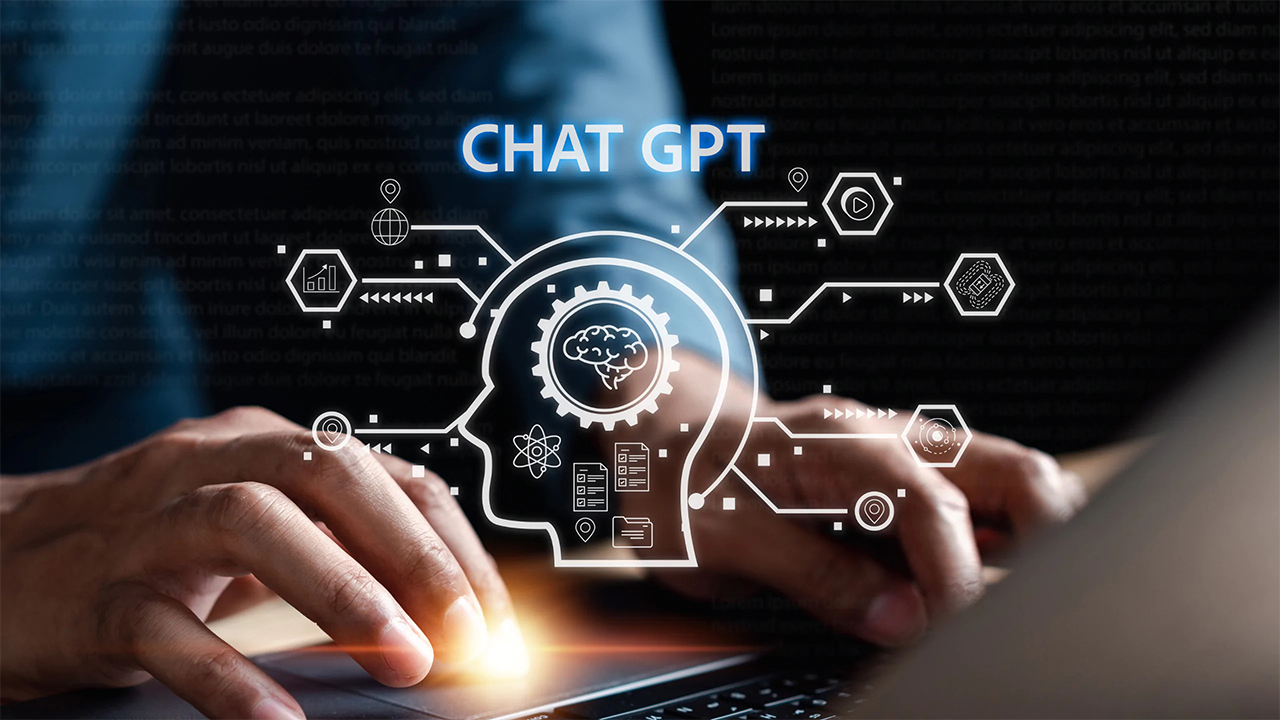In recent times, Australian universities have found themselves at the intersection of technology and academic integrity as they grapple with the issue of AI-generated content in student assignments. The adoption of AI detection tools, primarily Turnitin, has raised concerns about false positives and the impact on students’ academic journeys.
Balancing Act: AI Detection and Student Anxiety
Several universities, including the University of Melbourne, the University of Southern Queensland, and the University of Adelaide, have initiated investigations into cases of academic misconduct based on AI detection. While the intention is to uphold academic integrity, the process has taken a toll on students like Rachel, a Masters student at the University of Melbourne. Her anxiety soared when she received an email from her subject coordinator, informing her that Turnitin had detected AI-generated content in her assignment. It was her first encounter with an accusation of misconduct, and she was anxious about the looming hearing. Rachel protested her innocence, citing articles that highlighted false positives, but the coordinator insisted on proceeding.
Fortunately, Rachel’s case had a somewhat positive outcome. Two days before the hearing, she had the chance to present her evidence, including browser history and drafts of her work, which convinced her coordinator to drop the allegations. This episode underscores the importance of not relying solely on AI reports when making allegations of academic misconduct.
A Learning Curve for Universities and Students
Several Australian universities have adopted Turnitin’s AI detection feature, emphasizing that it should not be the sole basis for an allegation. They understand that AI detection is still evolving and may produce false positives. The University of Melbourne, for instance, requires staff to consider additional evidence before making allegations.
Similarly, the University of Southern Queensland found that one of its students had used AI to improve grammar in their assignment, not to produce content from scratch. It highlights the need for a nuanced approach to AI detection.
The Challenges of Detecting AI-Generated Content
The debate surrounding AI detection in universities raises questions about the capabilities of machine learning models to reliably distinguish between AI-generated content and human writing. OpenAI’s decision to discontinue its AI-generated text detection tool due to high false positives adds complexity to the issue.
Turnitin’s approach involves training classifiers on both AI-generated content and authentic academic writing. This method aims to identify distinct patterns in AI-generated text, which tends to follow consistent and highly probable sequences, as opposed to the idiosyncrasies of human writing. Turnitin claims a low false positive rate, with four percent for individual sentences and one percent for entire documents containing at least 20 percent AI-generated content.
However, experts like Professor Toby Walsh argue that the use of probabilities does not provide certainty. He raises concerns about the potential bias in Turnitin’s training data, which might not encompass a diverse range of sources and languages, potentially leading to higher false positives for non-native English speakers.
Cadmus: An Alternative Perspective
In addition to Turnitin, some universities use Cadmus to monitor student assignments. While traditionally employed to detect contract cheating, Cadmus also helps identify the use of AI in assessments. It tracks various data points, including the origin of copy-pasted text, keyboard patterns, and student location data. For example, the University of Southern Queensland used Cadmus to uncover a student’s use of paraphrasing software.
However, Cadmus is not universally embraced for AI detection, and its efficacy remains a subject of debate. Some argue that the best way to prevent cheating is to hold exams under controlled conditions without access to technology.
The Way Forward: Striking a Balance
In navigating the terrain of AI detection in academic settings, universities must strike a balance between upholding academic integrity and minimizing undue stress on students. AI detection tools should be viewed as a complement to the broader process of assessing academic misconduct. Students, on the other hand, must be aware of the potential pitfalls of AI-generated content and take measures to ensure the authenticity of their work.
Ultimately, the use of AI detection in universities is still evolving, and there is much to learn and refine in this area. As the technology continues to advance, universities must remain vigilant, adopting best practices to ensure fair and accurate assessments while providing students with a supportive and transparent process for addressing allegations of academic misconduct.








